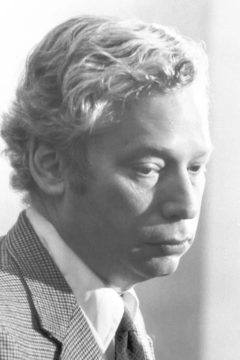by Herbert Harris

Is mathematics created or discovered? For over two thousand years, that question has puzzled philosophers and mathematicians alike. In Plato’s Meno, Socrates encourages an uneducated boy to “discover” a geometrical truth simply by answering a series of guided questions. To Plato, this demonstrated that mathematical knowledge is innate, that the soul recalls truths it has always known. The intuitionists of the early twentieth century, however, rejected this idea of eternal forms. For thinkers like Poincaré and Brouwer, mathematics was not revelation but construction: an activity of the human mind unfolding in time.
The debate continues today in an unexpected new arena. As artificial intelligences start to generate proofs, conjectures, and even entire branches of formal reasoning, we are prompted to ask again: what does it mean to do mathematics? Current systems excel at symbol manipulation and pattern matching, but are they truly thinking in any meaningful way, or just rearranging signs? The deeper question is how humans do mathematics. What happens in the brain when a mathematician recognizes a pattern, intuitively sees a relation, or invents a new kind of number?
In what follows, I’ll trace that question from ancient philosophy to modern neuroscience and then to the newest foundations of mathematics. We’ll see that mathematical invention may be the natural expression of the brain’s recursive, embodied intelligence, and that this perspective could transform how we think about both mathematics and AI. Read more »



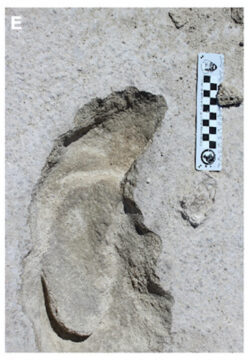





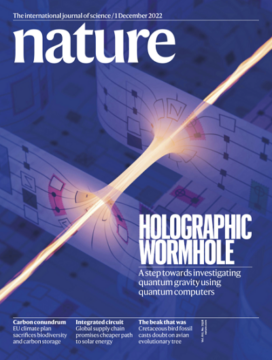

 Vitamins and self-help are part of the same optimistic American psychology that makes some of us believe we can actually learn the guitar in a month and de-clutter homes that resemble 19th-century general stores. I’m not sure I’ve ever helped my poor old self with any of the books and recordings out there promising to turn me into a joyful multi-billionaire and miraculously develop the sex appeal to land a Margot Robbie. But I have read an embarrassing number of books in that category with embarrassingly little to show for it. And I’ve definitely wasted plenty of money on vitamins and supplements that promise the same thing: revolutionary improvement in health, outlook, and clarity of thought.
Vitamins and self-help are part of the same optimistic American psychology that makes some of us believe we can actually learn the guitar in a month and de-clutter homes that resemble 19th-century general stores. I’m not sure I’ve ever helped my poor old self with any of the books and recordings out there promising to turn me into a joyful multi-billionaire and miraculously develop the sex appeal to land a Margot Robbie. But I have read an embarrassing number of books in that category with embarrassingly little to show for it. And I’ve definitely wasted plenty of money on vitamins and supplements that promise the same thing: revolutionary improvement in health, outlook, and clarity of thought.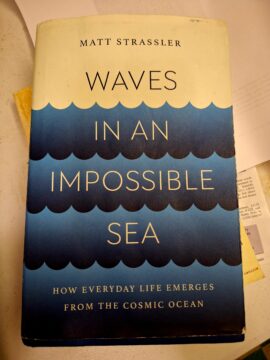

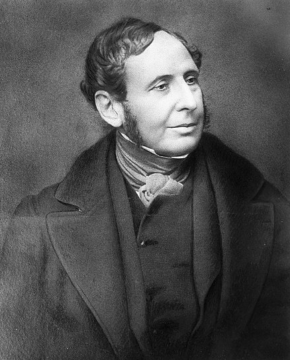
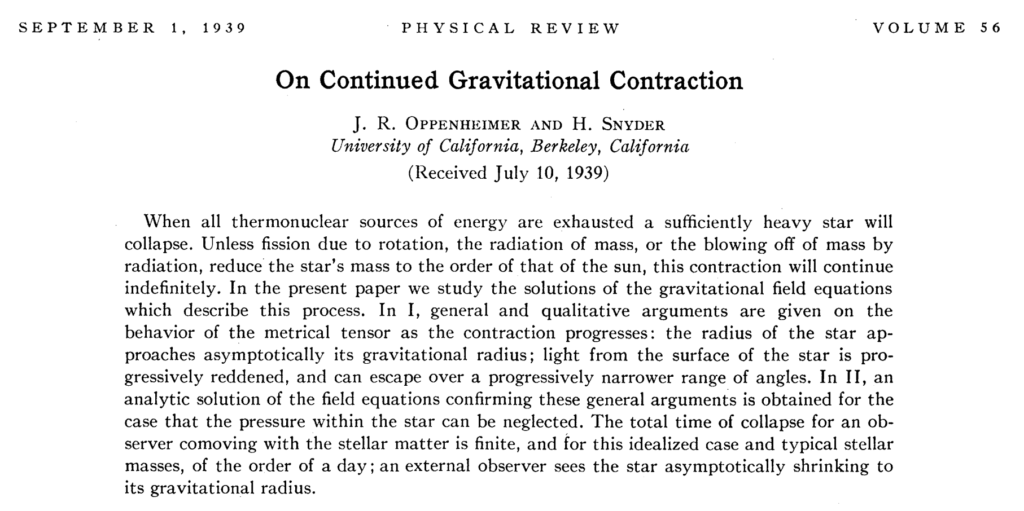
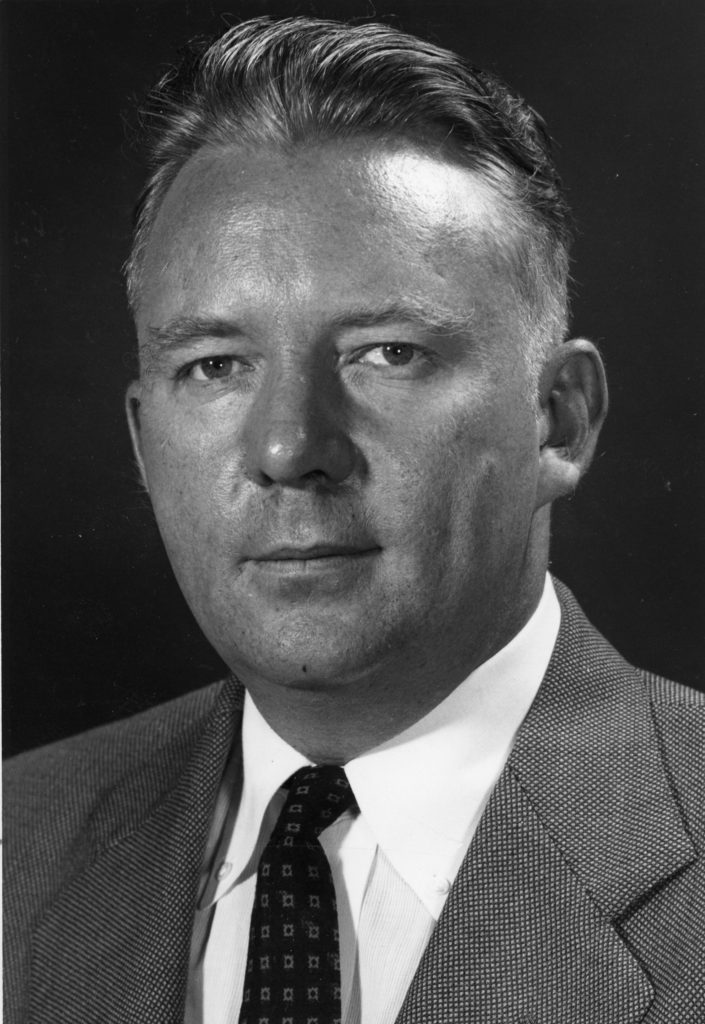


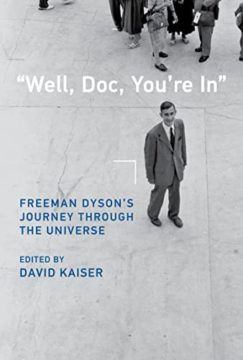 Now there is a
Now there is a 